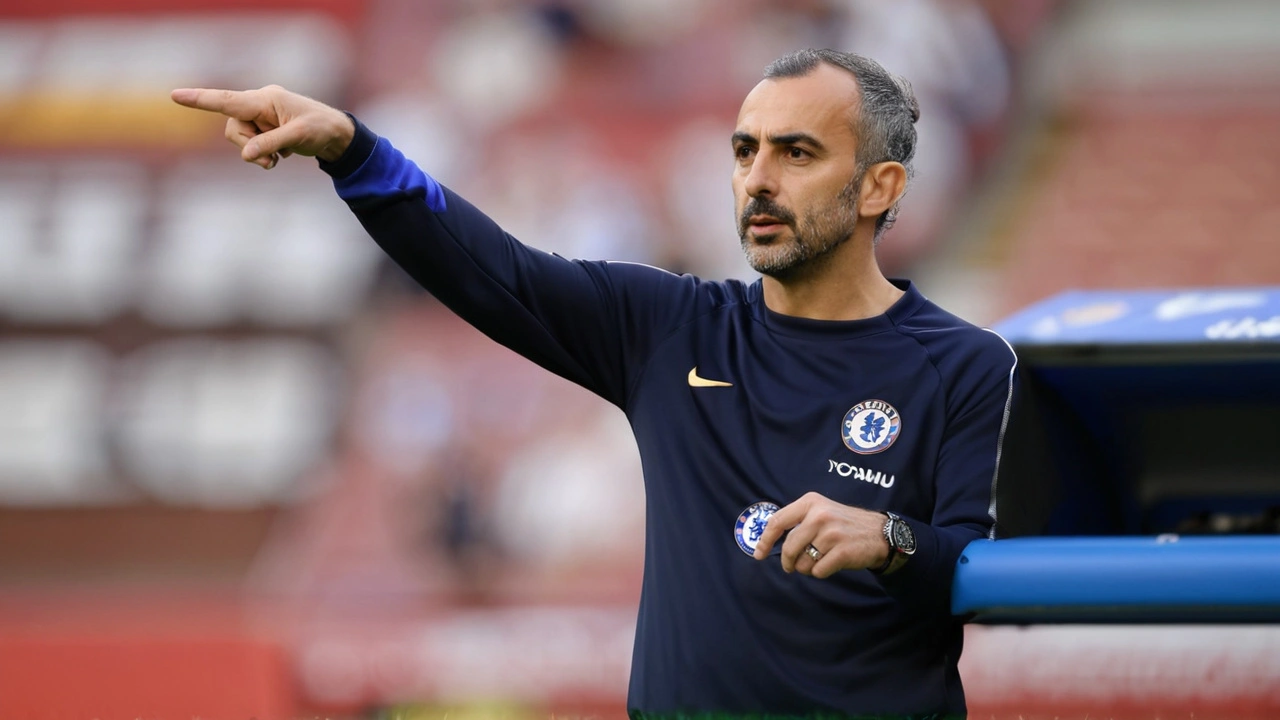Playing style: spot what a player really does on the pitch or court
Want to know why some players change a game while others disappear? Playing style is the short answer. It’s the habits, strengths, and choices a player makes under pressure. If you can read style, you can predict moves, spot tactical mismatches, and understand why teams sign certain players.
What playing style looks like across sports
In tennis, it’s obvious: does someone serve-and-volley or grind from the baseline? Ben Shelton’s recent Masters 1000 win showed an aggressive, power-first style combined with better nerves. That mix helps him dictate points and close matches.
In football, look at space and tempo. Ajax’s 5-1 win over Celtic was all about an attacking, high-tempo style that forces defenders to panic. João Pedro’s Chelsea move talked about his drive to impact matches quickly — that says he prefers direct, risk-taking football rather than passive hold-up play. Clubs buy players not just for skill but for fit: a tactical profile that matches a manager’s system.
Basketball and cricket follow the same idea. The Pacers’ defensive grit in a big win shows a team style built on pressure and rotations, not just star scoring. In T20 cricket, teams like West Indies and Pakistan adjust quickly between power hitting and clever placement depending on bowlers and pitch.
How to read a player fast (a simple checklist)
1) First touches and choices: Does the player keep it simple or try risky passes? Simple choices often fit possession systems; risky ones fit counter-attack or individual brilliance roles.
2) Movement off the ball: Constant runs into space suggest a forward who runs channels. Static positions suggest a hold-up or playmaker role.
3) Reaction under pressure: Freeze, pass back, or drive forward? Players who drive forward under pressure often change games; those who reset the play keep teams stable.
4) Set-piece and finishing habits: Look at how they score or defend set pieces. That tells you training focus and tactical use.
5) Consistency across matches: One great game is noise. A pattern across several games is a style.
Use video clips, match stats, and small-sample scouting notes. Watch the same player in different matches and note recurring actions, not one-off moments.
Why this matters for fans and clubs: predicting results, transfer fits, and lineup choices becomes easier when you match player style to game plan. A club signing a winger who hugs the touchline won’t help a team that needs inverted runs through the middle. A coach will pick a player whose style closes a tactical gap.
Want a quick practice task? Pick a player from a recent match you watched. Note five repeated actions — first touch, choice under pressure, off-ball run, set-piece role, and defensive duty. That quick profile will teach you more than a long debate about talent.
Reading playing style is a habit. Start small, stay specific, and the game starts making a lot more sense.
How Enzo Maresca's High-Pressing Style Could Transform Chelsea's Gameplay
Newly appointed Chelsea assistant coach, Enzo Maresca, brings a high-intensity, high-pressing style that could significantly change the team's gameplay. Known for his aggressive tactics at Sevilla, where he led the team to a Europa League title, Maresca's strategies could align well with manager Mauricio Pochettino's philosophy. This article examines how Chelsea supporters may react to these potential changes.
